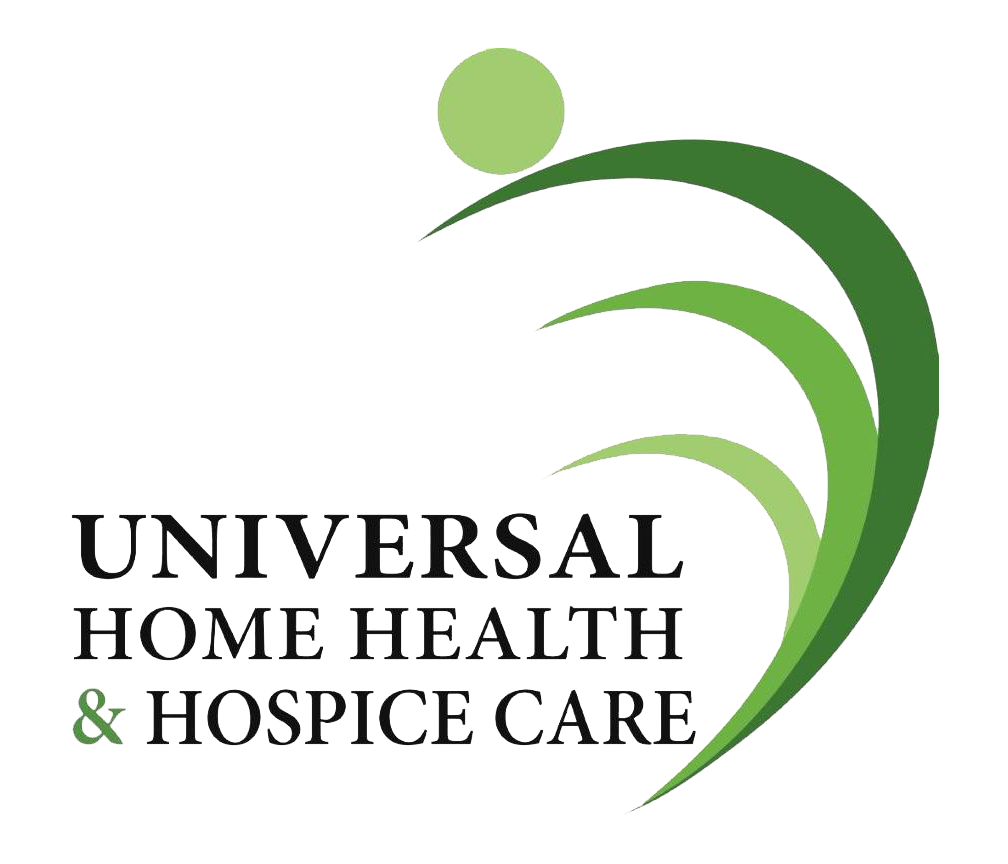Matthew proposes that doctors, like the rest of the American public, have implicit biases. They have views about racial minorities of which they are not purposely awareviews that lead them to make unintended, and eventually damaging, judgments about individuals of color. Certainly, when physicians were offered the Implicit Association Test (IAT) a test that purports to determine test takers' implicit predispositions by inquiring to connect pictures of black and white confront with pleasant and unpleasant words under extreme time constraintsthey tend to associate white faces and pleasant words (and vice versa) more quickly than black faces and pleasant words (and vice versa).
Matthew concludes that physicians' implicit racial predispositions can represent the inferior health care that the research studies discussed above file; hence, physicians' implicit racial biases can account for racial disparities in health. A number of experiments support her claim. One research study showed that doctors whose IAT tests revealed them to harbor pro-white implicit biases were more likely to prescribe discomfort medications to white patients than to black clients.
The experiment revealed that doctors whom the IAT tests revealed harbor anti-black implicit predispositions were less likely to recommend thrombolysis to black clients and most likely to prescribe the treatment to white clients. Proposing that implicit biases are accountable for racial variations in health might seem unsafe if one thinks that individual and structural aspects can never operate all at once.
United States' policies reveal health insurance not available to undocumented immigrants in addition to documented immigrants who have remained in the country for less than five years. Our property areas remain significantly segregated. We have a two-tiered healthcare system that offers terrific care to those with private insurance and mediocre care to those without.
The 30-Second Trick For What Is Health Care Delivery System
If service providers' implicit racial biases add to excess morbidity and mortality amongst individuals of color, we need to recognize that people with implicit predispositions practice medicine within and alongside structures that compromise the health of people of color. Khiara M. Bridges is a professor of law and teacher of sociology at Boston University.
The health-care sector is in numerous ways the most substantial part of the United States economy. It is a fundamental part of individuals's lives, supporting their health and wellness. Furthermore, it matters since of its financial size and financial implications. The health-care sector now utilizes 11 percent of American employees (Bureau Substance Abuse Facility of Labor Stats [BLS] 19802019b and authors' computations) and accounts for 24 percent of federal government spending (Centers for Medicare & Medicaid Solutions [CMS] 19872018; Bureau of Economic Analysis 19872018; authors' calculations).
1 percent of customer expenditures; BLS 2019a). A well-functioning health-care sector is for that reason a requirement for a well-functioning economy. Sadly, the issues with U.S. health care are considerable. The United States spends more than other nations without getting much better health results (Papanicolas, Woskie, and Jha 2018). Healthcare is growing as a share of the economy and federal government budget plans in manner ins which appear unsustainable (CMS 19602018; Organisation for Economic Co-operation and Development [OECD] 2015).
But even if expenses as a share of GDP plateaued at their present level, they would still represent a massive expense of resources. Sixty years ago, health care was 5 percent of the U.S. economy, as can be seen in figure A; at 17. 7 percent in 2018, it was more than 3 times that.
Everything about Countries Whose Health Systems Are Oriented More Toward Primary Care Achieve:
A few of these modifications are preferable: As a nation gets richer, spending a greater share of earnings on health may be optimum (Hall and Jones 2007) (what is the affordable health care act). why doesn't the us have universal health care. Countries with a greater level of output per capita tend to have a higher level of health expenditures per capita (Sawyer and Cox 2018).
Lastly, if performance advancements are more rapid in tradable items like agriculture or production than in services like healthcare or education, the latter will tend to increase in relative cost and as a share of GDP. But some of the boost in health-care expenses is unwanted (Cutler 2018). Rent-seeking, monopoly power, and other flaws in health-care markets often lead to unneeded care or in elevated health-care rates.
Costs by personal and public payers have actually both increased. The United States has a health-care system that largely includes personal service providers and personal insurance coverage, however as health care has become a bigger part of the economy, a greater share of health-care funding has been offered by government (figure B).
As revealed in figure C, healthcare has actually functioned as a share of overall government expenses in the last three years, from 11. 9 percent in 1990 to 24. 1 percent in 2018. This increase originates from the increasing shares of the population enrolled in Medicare, Medicaid, state Kid's Health Insurance coverage Programs, and veterans' health benefits.
The Health Care Sector Constituted What Percentage Of The U.s. Gross Domestic Product In 2014? Fundamentals Explained
At the same time, spending on discretionary programs like education and research study and advancement have reduced as a share of GDP (Congressional Budget Office 2020). If health expenditures continue to increase as a share of government costs, the boost will eventually demand either tax boosts or minimized spending on other crucial federal government functions like public safety, infrastructure, research study and advancement, and education.
Firms and homes in the United States spent 10 percent of GDP on health care in 2018. Despite widespread coverageas of 2018, 91. 5 percent of Americans had either private or government medical insurance for all or part of the year (Berchick, Barnett, and Upton 2019) lots of individuals still deal with large and variable out-of-pocket health-care expenses.
At the other end of the circulation, roughly one in 7 have no out-of-pocket costs at all in a given year (figure D). The upper end of the distribution of out-of-pocket costs dwarfs the liquid resources of many U.S. homes, meaning that lots of people confronted with an unfavorable health shock may likewise find themselves in monetary difficulty.

2013). Unexpected health costs can create insolvencies and ongoing financial challenge (Gross and Notowidigdo 2011). In this file, we provide 12 facts about the economics of U.S. health-care, focusing largely on the private-payer system. We highlight the rise in health-care expenditures and their current high level. We keep in mind the wide variation of expenses across individualssomething that requires insurance.

The smart Trick of A Health Care Professional Who Is Advising A Patient About The Use Of An Expectorant That Nobody is Discussing
We reveal that an absence of competition and high administrative costs are particularly crucial contributors to high expenditures, indicating the need for reforms to minimize costs in the United States. To keep the concentrate on these concerns, we do not talk about concerns of coverage or of how protection is supplied (openly or through the market), but rather deal with the questions of why expenditures, expenses, and prices are so high.
Eliminating excess expenses from the health-care system is both an economic imperative and a complement to policy efforts to improve health-care access Rehab Center and outcomes. In the following truths we offer context for comprehending the https://manuelxeem152.wordpress.com/2020/11/27/indicators-on-who-is-eligible-for-care-within-the-veterans-health-administration-you-need-to-know/ landscape of policy choices for decreasing costs in the health-care system. Spending on U.S. health care has grown progressively, increasing from $2,900 per person in 1980 to $11,200 per person in 2018 (determined in 2018 dollars) a 290 percent boost (figure 1a).